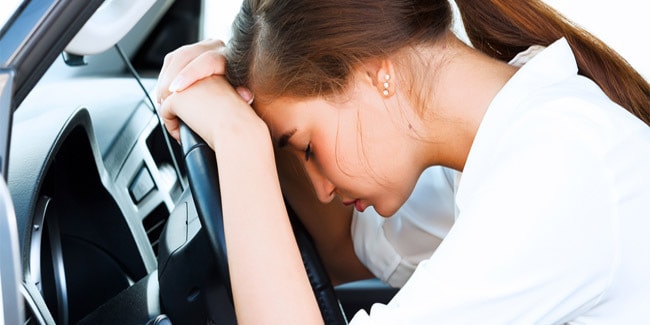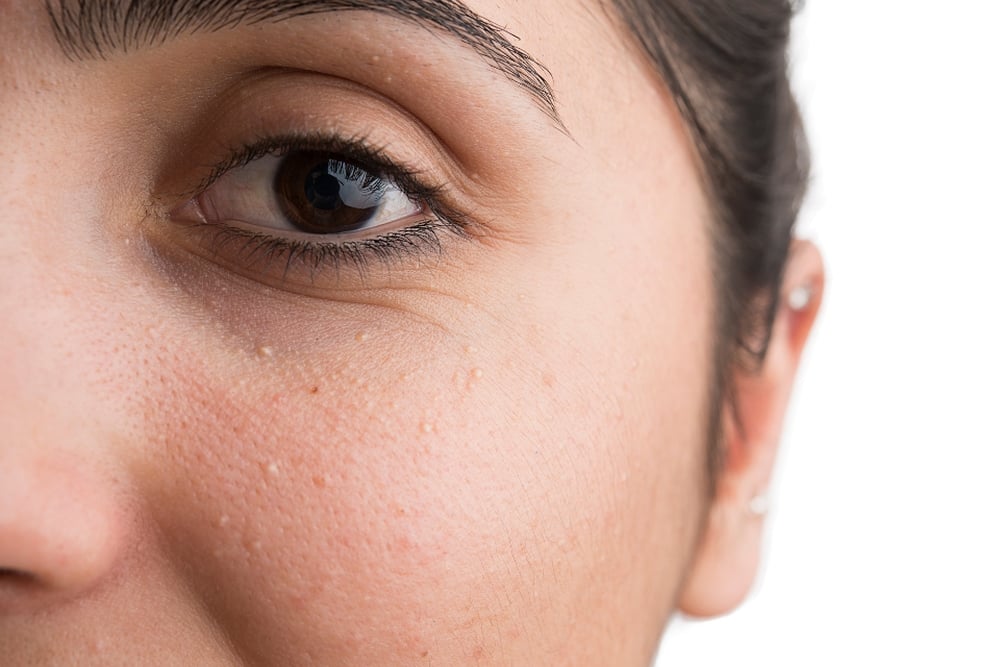Contents:
Medical Video: Can a low blood sugar kill you ? | Health Info
Most people know that driving under the influence of alcohol or when drowsiness is dangerous, but driving with low blood sugar - also called hypoglycemia - is equally dangerous. Here's the explanation.
What is hypoglycemia?
Hypoglycemia is closely related to diabetes. Hypoglycemia means that your blood sugar levels have fallen too low to support your body and brain's energy needs. Low blood sugar conditions are usually defined as having a blood sugar level of less than 70 milligrams per deciliter (mg / dL).
In diabetic patients, this freezing blood sugar level is usually caused by side effects of some diabetes medications, such as sulfonylurea, tolbutamide, chloropropamide, or beta-blockers metoprolol. Insulin injections can also cause blood sugar levels to drop dramatically. You can also experience low blood sugar if you drink allopurinol (Zyloprim), aspirin, Benemid, probenecid (Probalan), or warfarin (Coumadin) with your diabetes medication.
But low blood sugar can also attack non-people with diabetes. For example, when you eat a simple high-sugar food, if you miss or don't eat for a long time, if you eat late more than usual, you're fasting, exercising hard without food, or if you drink alcohol without food.
What are the signs and symptoms of hypoglycemia?
Symptoms of low blood sugar include:
- Headache
- Dizzy
- Sweating
- Starving
- Tremor or tremble
- Pale skin
- Restless
- Confusion
- Changes in behavior or mood
- Difficult to focus
- Seizures
- Lost consciousness
Most people who are aware of their low blood sugar report that it is not a pleasant experience. But some people with diabetes can't realize they have hypoglycemia and don't feel any symptoms until it's too late.
What is the danger of driving when your blood sugar is low?
Driving safely requires the readiness of all mental functions (visual-auditory processing, motor skills, reasoning, logic, and problem solving) that are continuous and continuous.
Hypoglycemia causes physical and psychological symptoms associated with impaired cognitive function, hypoglycemia has been found to stimulate adrenergic symptoms such as nervousness and tremors, as well as fatigue, confusion, and retardation of mental function. In addition, certain visual functions can be hampered due to low blood sugar levels. For example, detection of visual and movement changes (motorbikes that are still speeding). The ability to make decisions based on the hearing process can also stagnate due to low blood sugar which makes it more difficult for you to focus and be aware of the surrounding environment.
Low blood sugar levels have also been found to have a negative impact on limb motor coordination to drive the steering wheel, speed control, and braking alertness. In some cases, low blood sugar levels cause you to drive slower than you should.
The combination of all this results in your reaction time in the face of the "threat" of the road (sudden brakes, horns, or moving lanes) to be slower. Interestingly, patients with hypoglycemia are not always aware of their weaknesses. People with low blood sugar who drive at the wrong time can suddenly become unconscious while still behind the wheel and injure or kill others - or themselves.
What needs to be done if you have to drive when your blood sugar is low
Driving with diabetes can be safe as long as you track your blood sugar levels. The following are the basic steps that can help you stay safe on the road.
- If you are driving and are aware of the initial symptoms of hypoglycemia, stop at the shoulder of the road, and immediately eat sweet foods. Wait for at least 15 minutes. Repeat this step if you feel it is necessary before returning to cross the streets.
- Always ready to stock nutritious healthy snacks in the car just in case an emergency situation approaches. Choose foods that are high in protein and carbohydrates (such as wheat crackers topped with peanut butter or cheese bars and biscuits) before you continue driving.
- If you have diabetes and have to drive yourself, test your blood sugar as often as possible during the trip. Your blood sugar should be around 150 mg / dL. Make sure you bring emergency testing and medication / food supplies to improve your blood sugar in case you are traveling away from home longer than planned.
- Follow your diet plan. Eat at least three times a day, which is evenly distributed. Don't be late for eating more than 4-5 hours between meals. Take drugs and snacks as your doctor has agreed.












